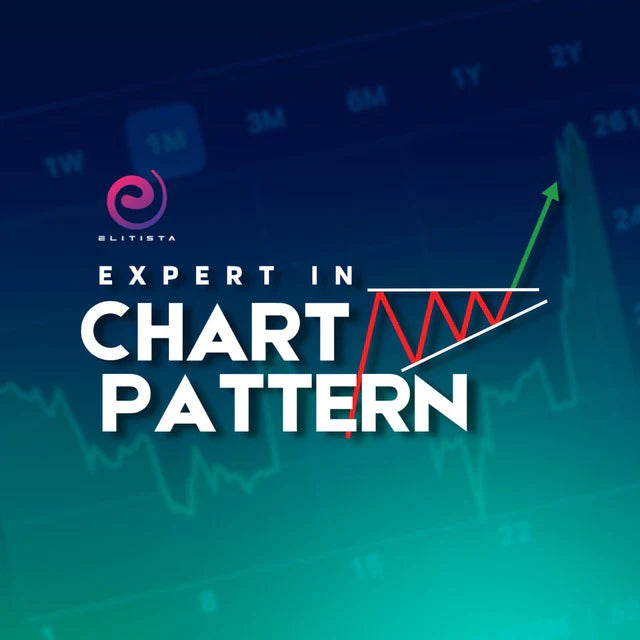
Apple’s tech supply chain shows difficulty of dumping China
(Sept 30): American companies have had a growing list of reasons to downgrade their ties with China in recent years: former president Donald Trump’s tariffs; Beijing’s stringent Covid lockdowns; the US-Sino standoff over Taiwan; political pressure to “friend-shore” supply chains toward nations aligned with Washington.
But breaking up, as the adage goes, is hard to do.
That conclusion is evident from a Bloomberg Intelligence analysis of Apple Inc, which is trying to reduce its dependence on China. The Cupertino, a California-based company, already started producing some iPhone 14 models in India, in an earlier-than-usual move for new models. And Apple’s largest supplier, Foxconn Technology Group, recently agreed to a US$300 million expansion of its production facilities in Vietnam.
But Bloomberg Intelligence estimates it would take about eight years to move just 10% of Apple’s production capacity out of China, where roughly 98% of the company’s iPhones have been made. Scores of local component suppliers — not to mention modern and efficient transport, communication and electricity supplies — make it particularly difficult to get out of the world’s second-largest economy.
“With China accounting for 70% of global smartphone manufacturing and leading Chinese vendors accounting for nearly half of global shipments, the region has a well-developed supply chain, which will be tough to replicate — and one Apple could lose access to, if it moves,” BI’s report from analysts Steven Tseng and Woo Jin Ho said.
An Apple spokesperson did not respond to a request for comment.
It’s one thing to look outside China for other makers of toys and t-shirts. But US technology firms invested more than two decades, and tens of billions of dollars, setting up complex production chains to provide essential goods for the e-commerce boom. Unwinding those ties could end up taking just as long, and may result in lasting damage to an already battered global economy.
Of course, unanticipated events — like Europe and America’s rupture with Russia — provide a potent reminder of both the systemic risks of deep economic integration and the speed at which decoupling can occur.
Political headwinds in the US have been steadily leaning against US-Chinese integration. Under President Joe Biden, the US$615 billion US-China trade relationship has simmered into a cold war, following the commercial tensions under Trump that resulted in tariffs on a collective US$360 billion worth of bilateral goods, along with US sanctions on key Chinese technology manufacturers like Huawei Technologies Co Ltd.
The pandemic then ushered in President Xi Jinping’s strict virus-containment policies, which essentially barred travel and has left major areas locked down for extended periods of time. Rising tensions over US ties with Taiwan and China’s unprecedented scale of military exercises in the Taiwan Strait have become the latest flashpoint offering a case for decoupling.
“There was some momentum in this direction as a consequence of the trade war and the pandemic,” Scott Kennedy, a senior adviser at the Washington-based Center for Strategic and International Studies, said about decoupling. “The Shanghai lockdown was really a monster accelerant. And the cross-strait crisis in early August added more fuel to the fire.”
Yet the Biden administration’s reshoring strategy — or “friend-shoring” as termed by US Treasury Secretary Janet Yellen — remains a lofty but unfulfilled ambition, as far as the data go.
US firms had US$90 billion directly invested in China at the end of 2020, and despite all the talk of decoupling, added another US$2.5 billion in 2021, according to data compiled by China’s commerce ministry. The actual total is likely even higher, because some businesses are thought by analysts to route some investments through Hong Kong, or via tax havens like the Cayman and Virgin Islands.
US tech supply chains in China rely on firms from Taiwan and elsewhere, as well as domestic Chinese firms, increasing the level of dependence further.
Friendshoring Reticence
Furthermore, America’s allies are not exactly swayed by Yellen’s “friend-shoring” concept. Key US partners like Singapore warned the Biden administration that isolating China could destabilise the global economy and potentially “sleepwalk” the world’s largest economies into a dangerous conflict.
“Such actions shut off avenues for regional growth and cooperation, deepen divisions between countries and may precipitate the very conflicts that we all hope to avoid,” Singapore’s Prime Minister Lee Hsien Loong said, following Biden’s visit to the region in May.
That’s not to say untangling the tech supply chains that link the US with China isn’t already happening to some extent. A Sept 23 report from Goldman Sachs Group Inc found that the share of US tech imports coming directly from China has declined by 10 percentage points since 2017, “mainly on moderating China mobile phone exports”.
Apple’s exposure to China is also notably bigger than many others. Amazon.com Inc, HP Inc, Microsoft Corp, Cisco Systems Inc and Dell Technologies Inc also depend on China to produce hardware for servers, storage and networking products, but the extent of their dependence is far below that of Apple.
Bloomberg Intelligence says that overall tech-industry dependence could be reduced by 20%-40% “in most cases” by 2030. For hardware and electronic manufacturers, they could reduce their reliance on the Chinese market to 20%-30% over the next decade, BI calculates.
The Biden administration is taking a two-pronged approach to weakening economic ties with China that simultaneously incentivises companies to shift their production via subsidies and penalises investment in China via tariffs and export controls.
This summer, Biden signed two pieces of legislation — the Chips and Science Act and the Inflation Reduction Act — that contain provisions to help bolster domestic manufacturing of certain strategic goods like semiconductors, electric vehicles, batteries and pharmaceuticals.
The legislation bars companies that access the programme’s US$52.7 billion in federal funding from materially expanding production of chips more advanced than 28-nanometers in China — or a country of concern like Russia — for 10 years.
Also this year, the US administration expanded curbs on sending US semiconductors to China, with new licence requirements to sell chip-making equipment to factories that produce 14-nanometer or more advanced chips.
US industry officials are developing contingency plans in anticipation of more barriers to US-China trade, and expect the Biden administration to trigger a slate of additional export restrictions sometime this fall.
While there’s the potential for a political reset between Biden and Xi on the sidelines of the upcoming Group of 20 leaders summit in Bali, expectations for a grand détente remain low.
“I don’t see any breakthroughs coming out of the Xi-Biden meeting,” said Wendy Cutler, a former US trade negotiator and vice president at the Asia Society Policy Institute.
Meanwhile, private-sector sentiment has also deteriorated.
A recent survey from the US-China Business Council found that US firms’ optimism about China has already fallen to a record low and evolving challenges — like China’s Covid Zero policy, power cuts and geopolitical tensions — have caused more than half of surveyed companies to delay or cancel planned investments in China.
Nearly a quarter of the survey respondents said they have moved segments of their supply chains out of China over the past year.
US Commerce Secretary Gina Raimondo said at an event on Thursday that even some companies that have been manufacturing in China for decades — for which it would be “very disruptive” to depart the country — are putting plans in place, citing conversations she has had with chief executives.
But it’s not exactly an exodus from China. A common approach has become “China Plus One” — whereby China remains a core production base, and any additional capacity is added in South and Southeast Asian nations like India, Vietnam, Malaysia, Thailand and Indonesia.
Last year, US firms pledged to invest about US$740 million in Vietnam, the most since 2017 and more than double the amount in 2020.
Taiwan itself remains a vital but vulnerable component of US supply chains. Led by Taiwan Semiconductor Manufacturing Co Ltd, the island currently manufactures more than 90% of the world’s most advanced chips used for military and corporate computing services. Apple, MediaTek and Qualcomm, which control more than 85% of the global handset chip market, all rely on TSMC’s supply.
Taiwan is expected to remain the key manufacturing hub for cutting-edge chips over the next five years, according to the Bloomberg Intelligence report.
China’s booming market also underscores the opportunity cost for US suppliers. Some 19 of the world’s 20 fastest-growing chip industry firms over the past four quarters, on average, are based in China, according to data compiled by Bloomberg.











